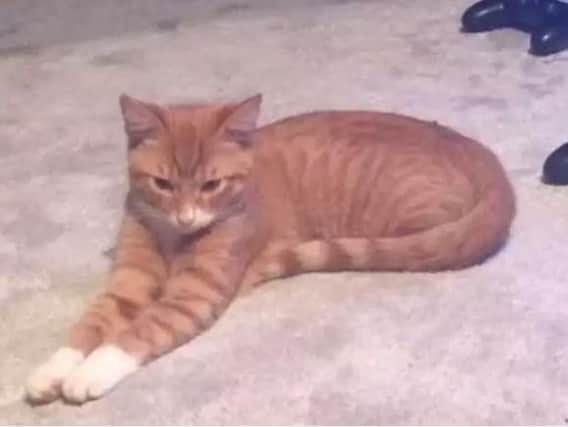'Croydon Cat Killer' who was thought to have struck in Northampton is unmasked


The three-year investigation has concluded humans are unlikely to have been responsible for the dozens of killings they looked into.
Instead detectives believe, a fox or foxes, are believed to be responsible for the mutilations.
Advertisement
Hide AdAdvertisement
Hide AdLast year, an animal charity - South Norwood Animal Rescue and Liberty (SNARL) - had speculated that the same killer - or a copycat - was at work in Northampton after four horrific feline killings in September and October last year.
But the naming of a member of the animal kingdom as the culprit in south London has seemingly ruled out a scenario where a killer based in the capital had extended their territory into Northampton.
That is because the condition in which most of the Northampton cats were presented strongly indicated human intervention.
In August 2017, a teenage girl had found her cat, Rusty, dumped in a plastic bag on her doorstep in Betjeman Court with its ears, head and limbs cut off. Another cat belonging to the same family had recently been set on fire.
Advertisement
Hide AdAdvertisement
Hide AdDays later, in September 2017, owners of 15-year-old Topsy found the mutilated animal outside their front door in Brookfield Road.
Two mutilated feline bodies were discovered in the Kingsley area in the same month.
And in October 2017, horrifically mutilated bodies of two more family pets were left in a black bin liner in Bants Lane, Duston.
Today, the Metropolitan Police said forensic tests and postmortem examinations were carried out on a number of cats.
Advertisement
Hide AdAdvertisement
Hide AdFrontline policing commander Amanda Pearson said: “The decision was made to allocate a large number of similar reports of mutilated cats to the officers who were investigating the initial spate of such allegations.
“While this increased the workload of those officers, it significantly reduced the resources that would have been required for different officers in different units to record and assess each allegation separately.
“It is this collating of reports that enabled officers to work with experts and reach the conclusion that no further police investigations are required into any of the allegations relating to mutilated cats.”